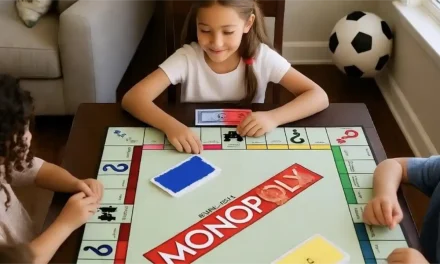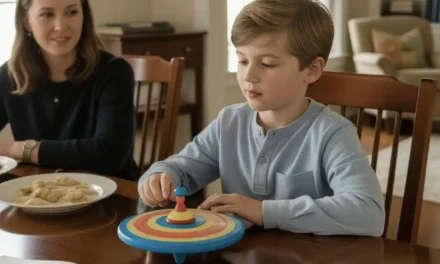
Thinking Traps: Logical Fallacies
A
child might say, “If I don’t win this game, I’m a loser,” or argue, “You’re wrong because you’re mean.” These aren’t just emotional reactions—they’re logical fallacies, flawed arguments that sound convincing but fall apart under scrutiny. Fallacies creep into conversations, decisions, and even self-talk, especially when emotions run high. Recognizing them helps children reason more clearly, argue more fairly, and protect themselves from being misled. Spotting a fallacy isn’t about winning an argument—it’s about keeping thinking honest, clear, and strong.
One evening, my son declared, “We shouldn’t clean our room because none of my friends have to.” I paused and asked, “Does that make the argument stronger—or is it just what others are doing?” He hesitated. “Bandwagon?” he guessed. Close—it was a version of appeal to popularity. We laughed, named the fallacy, and talked it through. It became a bit of a game: spotting flawed logic in ads, arguments, even our own reasoning. Now when he makes a point, he checks the logic behind it. He’s not just defending opinions—he’s learning to build them.
To teach fallacies, start simple. Introduce a few common ones: straw man (misrepresenting someone’s point), slippery slope (assuming one step leads to disaster), ad hominem (attacking the person instead of the idea). Use funny examples or exaggerations—kids love spotting mistakes in cartoons or debates. For teens, bring in news clips or classroom discussions. When they hear a weak argument, ask, “What’s the reasoning here?” Encourage them to challenge ideas, not people. Over time, they’ll not only think more sharply—they’ll speak more clearly, too, learning how to stand their ground without falling into traps.
Thinking Traps

Thinking Traps: Cognitive Biases
Help children understand how biases shape thinking. Awareness encourages fairness, perspective-taking, and thoughtful decision-making.

Thinking Traps: Cognitive Distortions
Teach children to recognize thought distortions that cloud judgment. Building awareness supports emotional balance and clarity.
Table of contents

Primordial Soup for the Mind: Navigation
Navigate the book Primordial Soup for the Mind.
TIP
-
When your child makes a sweeping or emotional claim, gently ask, “What’s the reasoning behind that?” This encourages reflection without confrontation.
ACTIVITY
-
Create a “Fallacy Jar.” Each time someone in the family catches a fallacy (even in themselves), write it on a slip of paper and drop it in. At the end of the week, read them aloud and discuss.
EXAMPLE
If your child says, “That rule is dumb because the teacher is strict,” say, “That sounds like an ad hominem. Let’s think about the rule itself—is it fair?”

Download “Primordial Soup for the Mind: A Parent’s Guide to Nurturing Intellectual Growth”
Enter your information to get this article and hundreds more as part of the FREE book Primordial Soup for the Mind.
Share your thoughts with the Thought Academy community in the Comments section below.

Sharpen those skills!
Enter your information to get our FREE practice exercises so you can hone your critical thinking and reasoning skills!







0 Comments